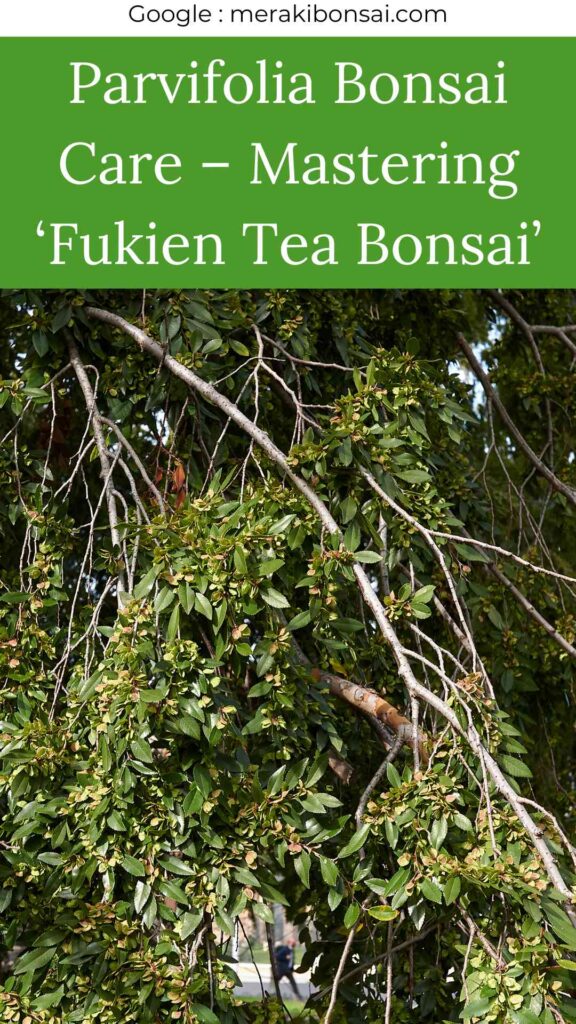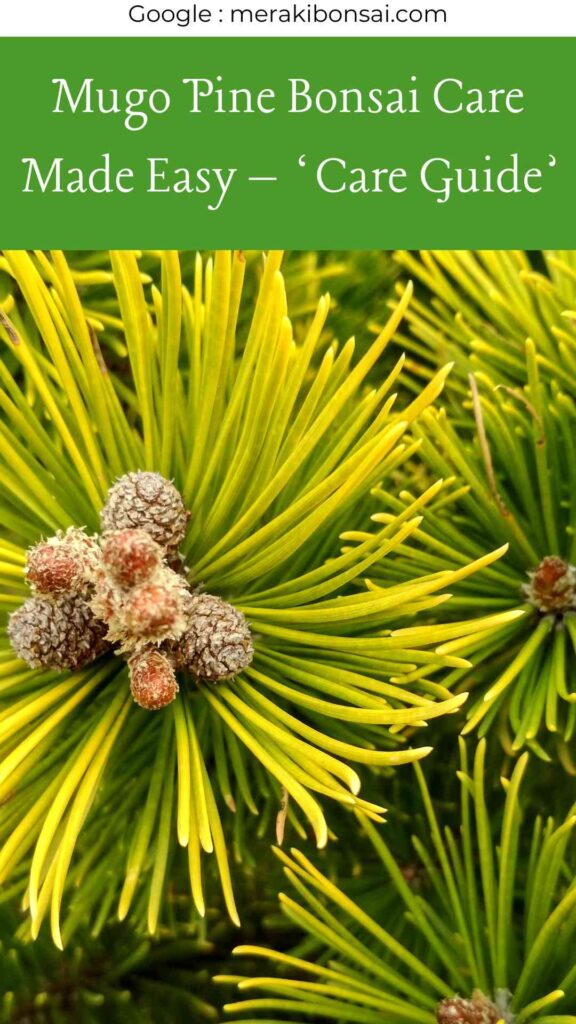
Crepe Myrtle Bonsai Care – ‘Lagerstroemia indica’
Hey there, bonsai buddies! It’s Raima here, your friendly neighborhood bonsai enthusiast. If you’re new to the world of bonsai or just curious about the stunning Crepe Myrtle, you’ve landed in the right place. Today, we’re diving deep into the care and growth of the Crepe Myrtle bonsai, also known by its fancy Latin name, ‘Lagerstroemia indica’. So, grab your favorite beverage, and let’s embark on this bonsai journey together!
First things first, let me tell you why I’m head over heels for the Crepe Myrtle bonsai. Picture this: a miniature tree with smooth, peeling bark that looks like it’s straight out of a fairy tale. And when summer rolls around, it bursts into a riot of colors with its delicate, crinkly flowers. It’s like having a piece of summer magic right in your living room!
Now, let’s roll up our sleeves and get into the nitty-gritty of caring for your Crepe Myrtle bonsai.
- Location, Location, Location!
Your Crepe Myrtle bonsai is a sun-loving diva. It thrives in bright, direct sunlight. If you’re keeping it indoors, place it near a south-facing window. But here’s the thing – during the hot summer months, you might want to give it a bit of afternoon shade. It’s like giving your bonsai a little siesta to beat the heat!
If you’re growing it indoors and struggling with light, don’t worry. I’ve got a solution for you. Invest in some grow lights like these Bonsai Indoor Lights. They’re a game-changer for indoor bonsai enthusiasts. Just make sure to keep the lights on for about 12-14 hours a day. Your Crepe Myrtle will think it’s basking under the summer sun!
- Water: The Goldilocks Principle
When it comes to watering your Crepe Myrtle bonsai, think Goldilocks – not too much, not too little, but just right. These trees like their soil moist but not waterlogged. Overwatering is a big no-no; it can lead to root rot, and nobody wants that!
Here’s my trick: I use a Soil Moisture Meter. It takes the guesswork out of watering. Just stick it in the soil, and it’ll tell you when your bonsai is thirsty. Generally, water when the top inch of soil feels dry. And remember, it’s better to underwater slightly than to overwater.
For watering, I love using this Watering Can. It gives me great control over the water flow, so I don’t accidentally drown my little tree!
- Pot Talk
Your bonsai’s home is just as important as how you care for it. Crepe Myrtles prefer slightly acidic soil with good drainage. I mix my own using one part akadama, one part pumice, and one part organic potting soil. This mix ensures the roots get enough air and don’t sit in water.
When it comes to pots, I’m all about these Ceramic Bonsai Planter Pots. They’re not only pretty but also have drainage holes, which is crucial for bonsai health. Or, if you prefer something more traditional, these Bonsai Pots are fantastic. Remember, a good pot is like good shoes – it supports and complements!
- Feed Me, Seymour!
Just like us, bonsai trees need their vitamins. Fertilizing is key, especially during the growing season (spring through fall). I use this Fertilizer every two weeks. It’s like a power smoothie for your bonsai! In winter, your tree takes a little snooze, so you can pause the feeding. - Pruning: The Art of Less is More
Now, this is where the magic happens. Pruning is what turns a regular tree into a bonsai. It’s all about creating that perfect miniature shape. For Crepe Myrtles, I prune after the flowering season. This way, you get to enjoy those gorgeous blooms before snipping away.
My go-to tools are these Bonsai Pruning Tools and these super sharp Bonsai Pruning Scissors. They make clean cuts, which is important for your tree’s health. Remember, every cut you make is guiding your tree’s growth, so prune with purpose!
- Wiring: Shaping Your Masterpiece
Wiring is like orthodontics for your bonsai. It helps shape branches and create that iconic bonsai look. For this, I use Anodized Aluminum Wire for younger branches and Annealed Copper Wire for thicker, more stubborn ones.
Be gentle when wiring. You want to guide, not force. And don’t leave the wire on too long, or it might scar your tree. It’s a bit of a learning curve, but with practice, you’ll be shaping bonsai masterpieces in no time!
- Pests: Unwanted Guests
Even in the best-cared-for bonsai, pests can be a problem. Spider mites, scale insects, and aphids are common culprits. But don’t panic! I keep this Organic Insecticide on hand. It’s effective and safe for your bonsai. Remember, a healthy tree is more resistant to pests, so good care is your first line of defense. - Winter Care: Tucking In Your Bonsai
Crepe Myrtles are deciduous, which means they lose their leaves in winter. It’s totally normal, so don’t freak out! In colder regions, bring your bonsai indoors or into an unheated garage. They can handle some cold but not harsh freezes. Just make sure they still get some light during this dormant period. - Repotting: A Fresh Start
Every 2-3 years, your Crepe Myrtle bonsai will need repotting. This is like moving your tree to a new apartment with fresh soil. Do this in late winter or early spring, just before the growing season kicks in. It’s a great time to trim back some roots and refresh the soil. Trust me, your bonsai will thank you with vigorous growth! - Propagation: Making Bonsai Babies
One of the joys of bonsai is sharing the love. Crepe Myrtles are easy to propagate from cuttings. In summer, take a semi-hardwood cutting, dip it in rooting hormone, and plant it in a mix of perlite and peat. Keep it moist and warm, and in a few weeks, you’ll have a baby bonsai to gift or add to your collection!
There you have it, folks! That’s the lowdown on caring for your Crepe Myrtle bonsai. It might seem like a lot, but trust me, once you get into the rhythm, it becomes second nature. And the reward? A stunning, living piece of art that changes with the seasons.
Remember, every bonsai journey is unique. These trees have personalities, and part of the fun is getting to know yours. So, don’t be afraid to experiment a little. That’s how I’ve learned over the past decade!
Before I go, I want to give a big shout-out to all of you who’ve been following my bonsai adventures. Your support means the world to me. If you’ve found this guide helpful and want to keep the bonsai wisdom flowing, consider buying me a coffee over at Ko-fi. Every little bit helps me keep this blog going and motivates me to share more bonsai goodness with you all.
Now, let’s wrap up with some FAQs. These are the questions I get asked most often about Crepe Myrtle bonsai:
- Q: How often should I water my Crepe Myrtle bonsai?
A: Water when the top inch of soil feels dry. Use a soil moisture meter to be sure. Overwatering is worse than slight underwatering. - Q: Can I keep my Crepe Myrtle bonsai indoors all year?
A: Yes, but ensure it gets enough light. Use grow lights if needed. In summer, it benefits from some outdoor time in a protected spot. - Q: Why isn’t my Crepe Myrtle bonsai flowering?
A: It might need more light, proper pruning, or it could be too young. Crepe Myrtles usually start flowering after 2-3 years. - Q: Is it normal for my bonsai to lose leaves in winter?
A: Absolutely! Crepe Myrtles are deciduous, so leaf drop in fall and winter is natural. - Q: How do I thicken the trunk of my bonsai?
A: Let it grow freely for a season or two, then prune back. Also, growing in the ground for a few years can speed up trunk thickening. - Q: Can I defoliate my Crepe Myrtle bonsai?
A: Yes, but only do it once it’s healthy and established. Defoliation in early summer can lead to smaller leaves and more ramification. - Q: How long do Crepe Myrtle bonsai live?
A: With proper care, they can live for decades. Some well-cared-for bonsai have been around for over 50 years! - Q: My bonsai has white stuff on the branches. Is this bad?
A: It could be mealybugs or scale insects. Use an organic insecticide and improve air circulation around your tree. - Q: Can I grow a Crepe Myrtle bonsai from seed?
A: Yes, but it’s a slow process. Seeds take a few weeks to germinate, and it’ll be years before you can start styling it as a bonsai. - Q: How do I encourage more flowers on my bonsai?
A: Ensure it gets enough sun, use a fertilizer high in phosphorus during the growing season, and don’t over-prune before the flowering period.
And there you have it, bonsai friends! You’re now equipped with the knowledge to nurture a stunning Crepe Myrtle bonsai. Remember, bonsai is a journey, not a destination. Embrace the learning curve, enjoy the process, and most importantly, have fun with it!
If you have any more questions or just want to share your bonsai journey, drop a comment below. I love hearing from fellow bonsai enthusiasts. And don’t forget, your support through Ko-fi keeps this bonsai blog thriving. Every coffee helps me create more content and share the joy of bonsai with you all.
Until next time, happy bonsai-ing! 🌿🌸


